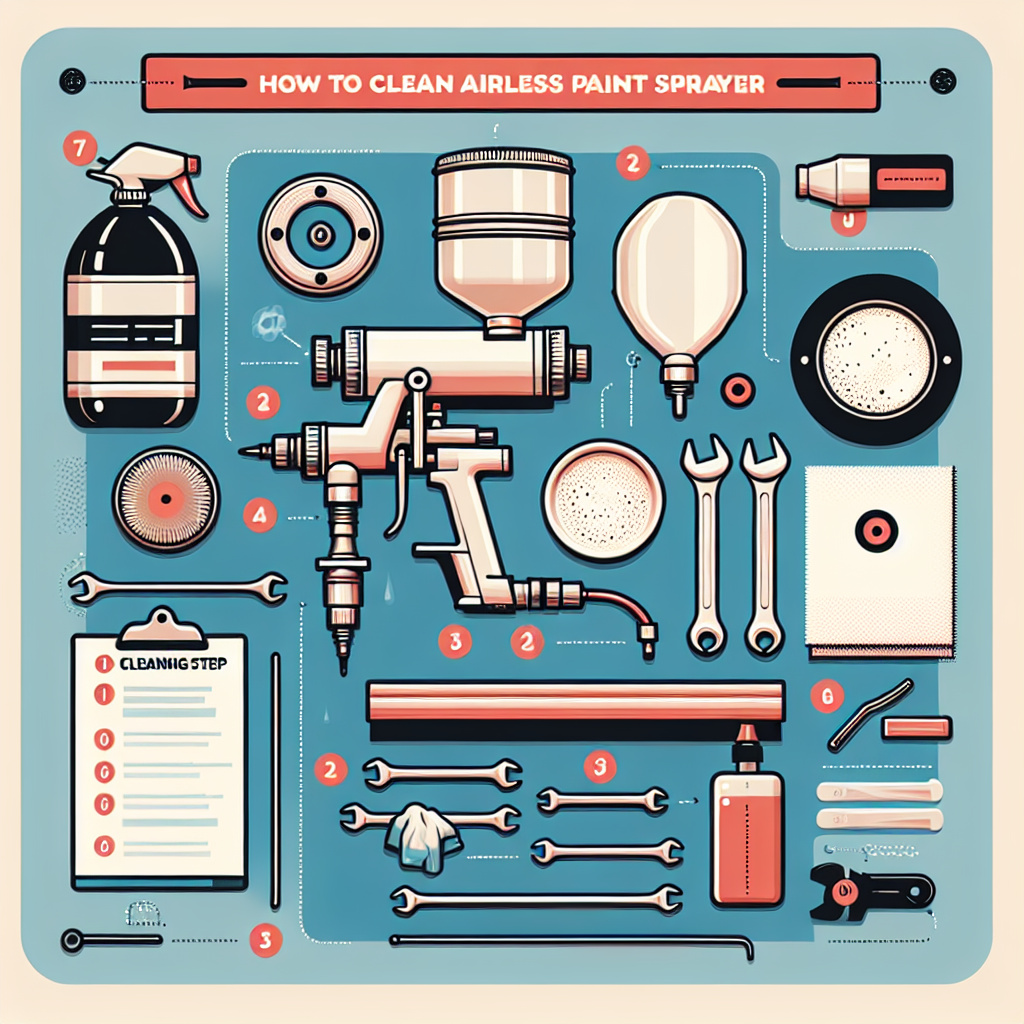
Hey there, folks! It’s great to have you back here on the blog. I’m Jose Antonio, and today I want to talk to you about something that has been a real game-changer in the world of painting: airless paint sprayers. As a former professional painter, I’ve had my fair share of experiences with different painting technologies, but airless sprayers have always fascinated me.
The Importance of Cleaning Your Airless Paint Sprayer
Let me tell you, maintaining your airless paint sprayer is crucial to its performance and longevity. Back in the day when I was working as a painter, I learned the hard way how neglecting proper cleaning routines can lead to clogged nozzles, uneven spray patterns, and ultimately, a lot of frustration. So, let’s dive into the nitty-gritty of how to keep your airless paint sprayer in top shape.
Understanding the Cleaning Process
When it comes to cleaning an airless sprayer, the first step is to relieve the pressure and flush out any remaining paint from the system. This involves removing the spray tip, triggering the sprayer into a waste bucket, and running it until the paint stops flowing.
Pro tip: Remember to wear protective gear, as flushing the paint can create mist and splatter.
Once the pressure is relieved, it’s time to disassemble the gun, filter, and other components for a thorough cleaning. Each part should be carefully inspected for any dried paint residue or debris that could affect the performance of the sprayer.
The Cleaning Solution Matters
Using the right cleaning solution is critical. During my days as a painter, I found that a mixture of water and a solvent designed for the type of paint being used worked wonders. For water-based paints, a simple soap and water solution can do the trick.
Fun fact: I once had a colleague who used a homemade cleaning solution with vinegar and water. The paint manufacturer wasn’t too thrilled about it, but it surprisingly worked well for him!
The Importance of Proper Storage
After a thorough cleaning, it’s essential to store your airless paint sprayer properly. This includes reassembling the components, lubricating the necessary parts, and ensuring that the sprayer is kept in a clean and dry environment.
My personal experience: There was a time when I neglected to properly lubricate the pump after cleaning, and let me tell you, the squeaking and grinding noise it made the next time I used it was not a pleasant sound!
No products found.
Share Your Cleaning Tips
So, what are your go-to cleaning methods for airless paint sprayers? I’d love to hear your experiences and tips from the field. Don’t be shy to share your insights in the comments below!
As always, if you have any questions or need further advice on maintaining your airless paint sprayer, feel free to leave a comment. I’m here to help!
